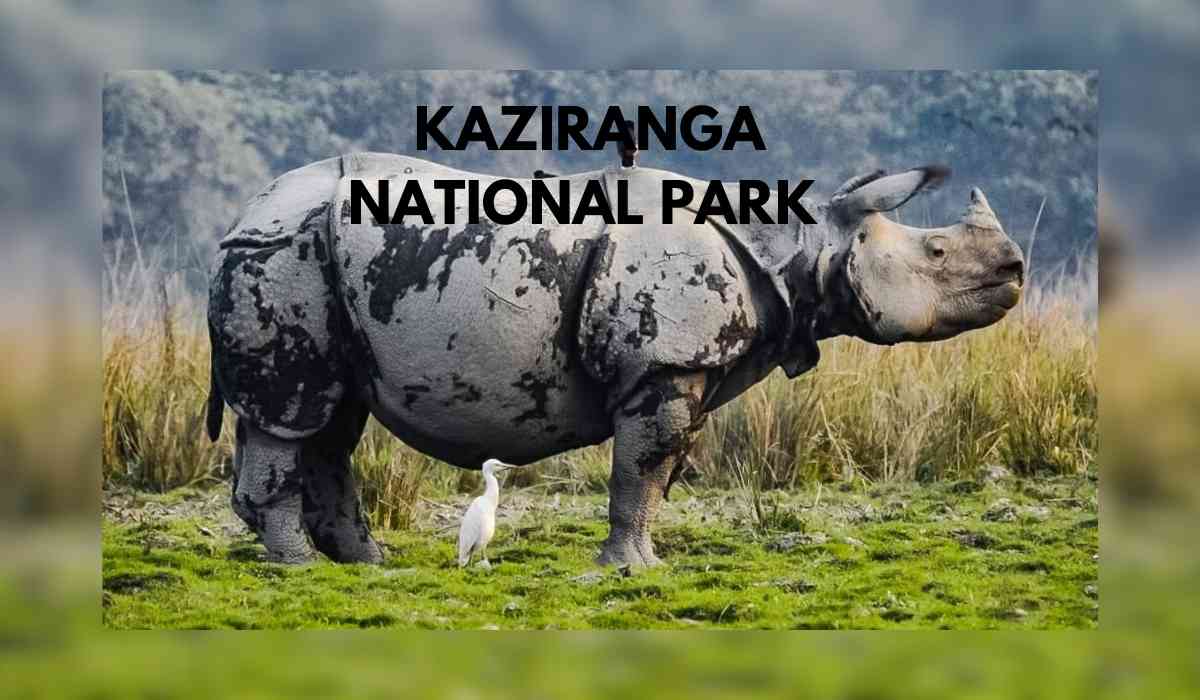In a historic move, Dr Sonali Ghosh, a dedicated Indian Forest Service officer, is set to become the first woman field director of the renowned Kaziranga National Park. The Assam government has issued an official order appointing Ghosh as the head of the park, which is celebrated for its one-horned rhinos and spans Nagaon, Golaghat, Karbi Anglong, Sonitpur, and Biswanath districts. This momentous transition will take place on September 1, as she takes over from the current field director, Jatindra Sarma, who is retiring on August 31.
A Remarkable Career Journey
Having excelled in her role as the chief conservator of forests for the research education and working plan division at the office of the principal chief conservator of forests and head of the forest force in Guwahati, Ghosh's achievements have paved the way for her new role. Born into a family with a background in the military, her passion for forest and wildlife conservation emerged at an early age. Graduating at the top of the IFS batch of 2000-2003, Ghosh brings an impressive array of qualifications to her directorship.

A Diverse Skill Set
Dr. Ghosh's academic achievements include a post-graduate degree in forestry and wildlife science, a post-graduate diploma in environmental law from the National Law School of India, and a diploma in systems management. Her academic prowess extends to a doctorate in remote-sensing technology, with a focus on habitat suitability for tigers in the Indo-Bhutan Manas landscape. Her diverse expertise uniquely equips her for the challenges of leading the 118-year-old Kaziranga National Park.

Preserving a Natural Gem
Kaziranga National Park, a pristine wilderness in eastern India, boasts a landscape of lush forests, towering elephant grass, rugged reeds, and serene pools. It serves as a sanctuary for a diverse array of wildlife, including the world's largest population of one-horned rhinoceroses, majestic tigers, elephants, panthers, bears, and a myriad of avian species. Established as a proposed reserve forest in 1905, the park's conservation journey led to its designation as a UNESCO World Heritage Site in December 1985. This natural haven, originally declared a wildlife sanctuary in 1950 and subsequently upgraded to a national park in 1974, continues to captivate and protect the region's unique biodiversity.
© Copyright 2023. All Rights Reserved Powered by Vygr Media.






















